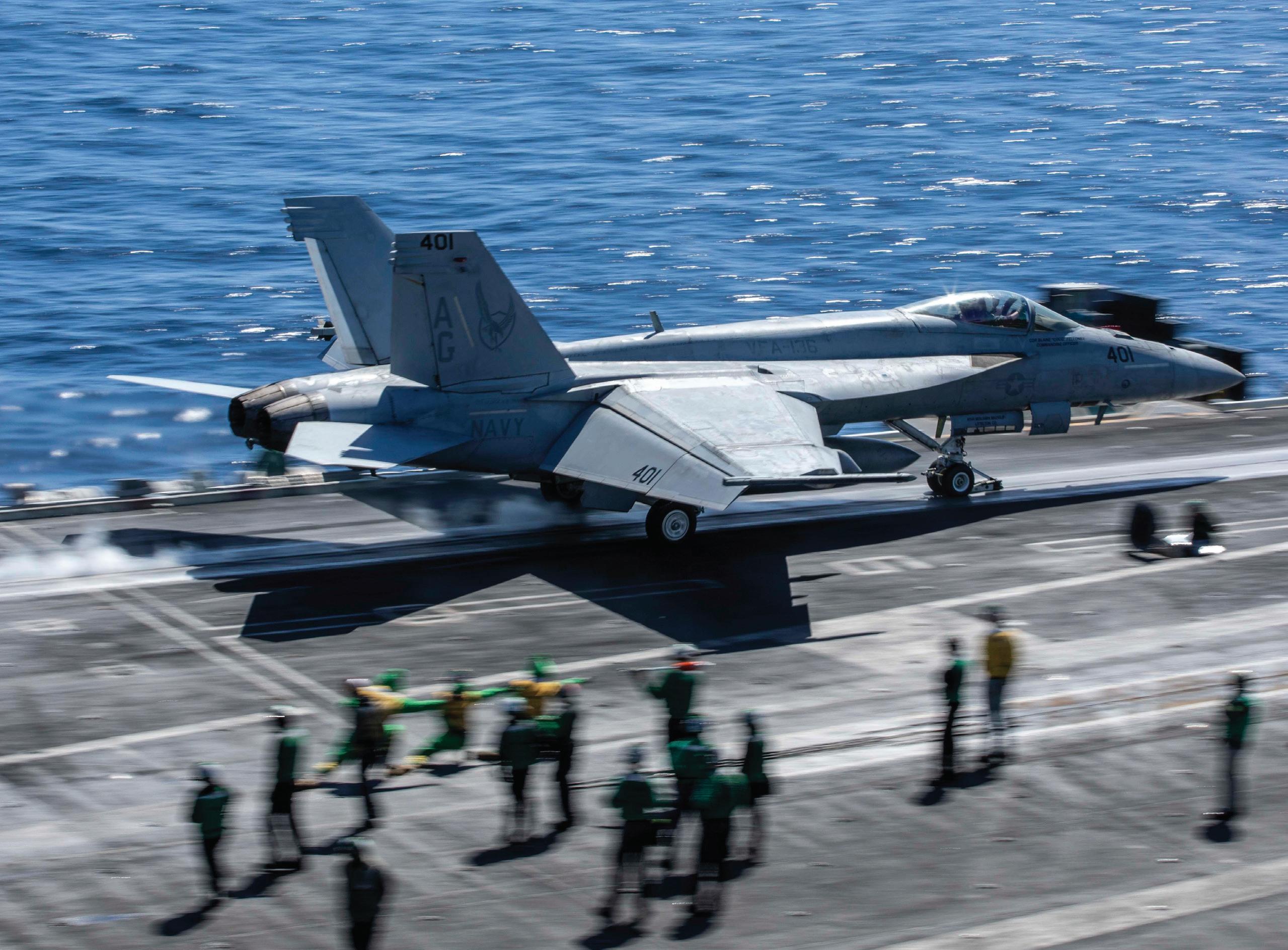
3 minute read
FOD or FOE
By Lt. Gabe McCarthy
Foreign object debris (FOD), is an inevitable hazard the aviation profession experiences on a daily basis. FOD presents itself in many forms on the flight line, whether it be loose rocks, pens that have fallen out of pockets, or metal objects that could be ingested into aircraft engines. All of these objects pose threats to personnel and aircraft operating on an airfield. During our 2022 deployment, the “World Famous Golden Eagles” of VP-9 discovered that foreign airfields do not all manage the prevention of FOD the same. The countries we operated out of during deployment all practice different FOD prevention and reporting programs. This, combined with high-tempo operations, created hazards for our aircraft and personnel, some of which were discovered much too late.
During a portion of our deployment, our squadron operated out of Lajes, Portugal. On the airfield, it was discovered that a nearby taxiway with known FOD issues was consistently being used to ease the flow of civilian traffic in and out of the airfield. Due to these operations, FOD was being distributed onto the runway in use. This road use was not apparent to us until an antenna on the fuselage of one of our aircraft was struck by a loose rock on the takeoff roll and then later separated from the aircraft. It only took one rock to take our P-8A Poseidon out of the fight. Due to the importance of the antenna, the aircraft had to be repaired (which took it out of the rotation for a significant period of time) and was unable to return to Naval Air Station Sigonella, Sicily, our main site during deployment. Shortly after this event, we discovered that a handful of our tires were being gouged by rocks during either takeoff or landing. This issue eventually became serious enough for our safety team to request a ride along FOD sweep with airfield management and, as a result, a ramp closure NOTAM was issued. Coincidentally, abnormal scarring on tires also ceased! Thanks to the work of our superb maintenance team, VP-9 was still able to meet the operational demand even with FOD fighting against us.
As a squadron, we initially assumed that this issue was isolated to last-minute detachment sites where it was not practical to conduct proactive FOD research before commencing operations. However, we soon discovered that this was not the case. As we returned to our squadron’s main deployment site in Italy, we were burdened by similar issues. While most of our planes had been scattered to different detachment sites, construction was ongoing at NAS Sigonella. The construction had loosened up numerous rocks that now littered the ramps and taxiways we used daily. Similar to our Portuguese excursion, we found that these rocks were gouging our tires and leading to increased tire replacements. This tire issue was a problem that we had not experienced in our previous four months operating out of the airfield and all came to light thanks to a timely submitted
Airman Safety Action Program (ASAP) report from a maintainer. After a brief investigation, it was clear the construction was having a direct effect on our operational capabilities and that our daily FOD walk downs were turning up an increased number of loose rocks. Recently updated guidance to ASAP submission requirements have favorably reduced erroneous reports, but situations like this highlight the importance of the program as a whole.
“After post flight inspection of the starboard main mount tire of the aircraft parked at the hazardous cargo loading area at NAS Sigonella, a nickel-sized puncture was identified and was about 1/2 inch in depth protruding through two layers of chord. It is believed to have occurred on landing or taxi at 2220Z on the night of 04 Sep 2022. This was the second occurrence with the initial occurrence on or around 01 Sep 2022. Both instances required a tire change. One tire was new and showed no additional wear (requiring a tire change) and the second had minimal wear as well.”
• ASAP Report ID 21132
Members of the Maritime Patrol and Reconnaissance Force are used to training at military airfields in the United States that perform methodical FOD inspections every day, however, as an expeditionary force, we often find ourselves operating at airfields that do not maintain the same standards. Through the use of the ASAP program, VP-9 was able to readily identify airfield areas of concern and advocate for more extensive FOD management. My recommendation to future shore-based aviation assets is to make sure FOD prevention and reporting is included in your site surveys of airfields before arriving; this survey swill help ensure you identify these issues before dynamic operations are underway. Take note of the hazards associated with specific airfield regulations and try to mitigate them the best you can by reaching out to airfield authorities. Using proactive communication, anyone can be the leader to turn an airfield’s FOD program around and make our mission a success!










